With their intimidating size, powerful build, and famously loyal personality, Rottweilers have become one of the most recognizable dog breeds in the world. But where did rottweilers Originate from?
Their origins can be traced back centuries and continents, to the rugged landscapes of Europe where they were molded into the devoted guardians and steadfast companions we know today. Rottweilers have a long and storied history, intertwined with the rise and fall of ancient civilizations.
From their early beginnings herding livestock for the Roman legions to their near extinction and eventual revival in 20th century Germany, the journey of the Noble Rottweiler reflects the enduring human need for a stalwart, versatile working dog at our sides.
This article will explore the fascinating history behind one of the most popular breeds in America today.
We’ll follow the Rottweiler’s path across time and place, from ancient Rome to modern Rottweil, to uncover how these dogs came to be the ultimate embodiment of strength, loyalty, and devotion.
Rottweilers in Ancient Rome: Cattle Dogs for the Roman Legions
The early origins of the Noble Rottweiler can be traced back to ancient Rome in the first century CE. At this time, the Roman Empire was expanding rapidly, and the Roman legions needed hardy, robust dogs to keep their cattle herds fed on long marches to the new territories.
The ancestral Rottweiler that developed filled this role perfectly. Their stocky, muscular build allowed them to keep up with cattle over long distances.
Their loyal and protective temperament ensured they would stay by the livestock’s side and defend them from thieves or predators. They likely descended from ancient drover dogs indigenous to the region with similar traits.
Several Roman colonies were established along what is now southern Germany. One such outpost was Castra Regina, founded around 100 CE in the area today known as Rottweil.
The settlement depended on cattle raised by the Roman troops, so the early Rottweiler dogs were vitally important for driving the cattle to market and ensuring a steady food supply.
Where Did Rottweilers Originate From?
Scholars believe the word “Rottweiler” likely derives from “Rottweil,” the town these rugged Roman cattle dogs protected and herded for.
Even in ancient times, the breeds’ strength, intelligence, and guarding instincts were already apparent and crucially needed.
Over the centuries of the Roman Empire, these dogs likely intermixed with local dogs in the area, creating early prototypes of the powerful, large breed we are familiar with today.
They continued to prove their worth by herding cattle and protecting livestock from harm. Their loyalty and obedience to handlers even earned some of them the privilege of accompanying Roman legions on quests to conquer distant lands.
By the Middle Ages, the role of the Rottweiler began to evolve beyond herding. As towns like Rottweil grew in size, the dogs were now needed for protecting property, controlling livestock at crowded markets, and even pulling carts and sleds.
This early period mapped out the breeds’ destiny to serve not just as livestock guardians, but also as trusted protectors of their human masters.
Noble Rottweilers in the Middle Ages: Cattle Dogs and Butchers’ Mastiffs
During the Middle Ages from the 5th to 15th century CE, Rottweiler dogs continued to play a vital role in the emerging medieval economy.
As towns grew larger, livestock had to be transported greater distances and kept secure in urban areas.
The ancestors of the Rottweiler were the ideal dogs for driving cattle to market and controlling the herds in busy medieval towns.
Historical records show Noble Rottweilers being used to herd cattle at markets as far back as 739 CE in Rottweil. As the descendants of the Roman cattle dogs, they had the right stocky build, endurance, and protective temperament to manage large, unruly herds.
By the 1300s, guilds of cattle merchants and butchers had arisen in Rottweil, using the Rottweiler dogs to drive cattle to market, guard livestock from thieves, and pull carts of butcher’s wares to customers.
These early butchers likely bred Rottweilers specifically for their strength, aggression, and guarding skills to create effective butcher’s mastiffs.
The breed was also known as the “Rottweil butchers’ dog” at this time. While they still herded cattle through the streets, the Rottweiler was now a fierce protector of livestock from poachers and guarded the butcher’s money and wares. Their intimidating size and bark likely deterred many robbers from approaching.
During this period, Rottweilers were renowned for their reliability, intelligence, and strong protective instincts.
The dogs suited the needs of medieval society perfectly by keeping crowded markets safe and enabling trade to flow smoothly.
By the late Middle Ages, images of the Noble Rottweiler had spread across Germany and Switzerland as the definitive cattle herding and guard dog. Their proven abilities as sturdy, versatile working dogs were now well established.
Rottweilers from 1800-1900: Railways, the Police, and the Rise of Dog Shows
By the 19th century, momentous changes were occurring across Europe that would significantly alter the role of Rottweilers in society.
With industrialization and growing urban areas came the need for dogs with different skills and traits than the traditional cattle-herding Rottweiler. The spread of railways starting in the mid-1800s connected rural and urban areas as never before.
Farmers could now ship cattle to city markets via train instead of arduous cattle drives. With herding no longer essential, Rottweilers began to be bred more as guard dogs and property protectors.
Police forces were also being established in cities, creating demand for viable police dogs. Rottweilers were crossed with other breeds to amplify their intelligence, trainability, and desire to work.
The strong guarding instincts, fearless nature, and obedience of Rottweilers made them prime candidates for law enforcement needs.
During this period, with the rise of dog shows and kennel clubs, Rottweiler breeders began refining and standardizing the Rottweiler’s form according to formal breed standards.
In 1882, the Deutscher Rottweiler-Klub (German Rottweiler Club) was formed to register pedigrees and promote interest in the breed. Rottweilers were exhibited in Germany starting in 1882, with the first Rottweiler showing in Britain by 1936. By the late 19th century, Rottweilers were firmly established across Europe as police, guard, and draft dogs.
They pulled carts delivering milk and produce through cities. Their reliability and strength as service dogs for the police and military confirmed their suitability for public service.
Rottweilers in the 1900s: Reviving the Breed Post-WW1
The events of the early 20th century nearly led to the demise of the proud Rottweiler breed. During World War I, the population of Rottweilers decreased dramatically. Germany had become the center of Rottweiler breeding by the 1900s, and when German breeds were stigmatized after the war, their numbers dropped sharply.
Compounding the effects of WW1, modernization was driving Rottweilers further from their traditional roles as cattle dogs. Newer, exotic dog breeds gained popularity in postwar Germany, leading to a further decline in Rottweiler numbers.
Dedicated breeders did not give up on the Noble Rottweiler, however. In 1921, the International Club for Leonbergers and Rottweiler Dogs was formed, with strict breeding policies to preserve the working traits and capabilities of the breed.
Rottweilers were promoted as police dogs, guides for the blind, and search and rescue dogs to demonstrate their ongoing versatility as service dogs.
Slowly but surely, Rottweilers staged a dramatic comeback in numbers and reputation. In 1936, the first Rottweilers were registered in the United States, and by the 1960s they entered the top 10 most popular breeds nationwide.
Their large size yet trainable temperament made them ideal as family guard dogs and companions.
The movement to revive the Rottweiler could not have succeeded without dedicated German breeders who believed passionately in preserving the breed’s unique strengths.
Thanks to their efforts, Rottweilers today remain active working dogs across many fields, from policing to personal protection. The breed has proven its enduring ability to serve humankind in a multitude of roles.
Rottweilers Today: Beloved Global Companions
After coming close to disappearing in the early 20th century, Rottweilers have rebounded definitively to become one of the most popular dog breeds worldwide. They consistently rank in the top 10 breeds in the United States and Great Britain today.
In the 21st century, noble Rottweilers have proven themselves as highly versatile dogs who can serve not just as guard dogs, but guide dogs, search and rescue workers, and loving family pets.
While some may perceive them as strictly aggressive guard dogs, well-bred, properly socialized Rottweilers today have a steady temperament suitable for a variety of roles.
They remain consummate guard dogs prized for their intimidating appearance and stalwart devotion to their owners. Police continue to use them for suspect apprehension, crowd control, and sniffing out criminals. At home, families appreciate their obedient nature and desire to please their human handlers.
Rottweilers have come to embody ideal traits of companionship—obedience, dependability, intelligence, affection, and courage in the face of threat. Perhaps above all, the Rottweiler’s most defining feature continues to be its devotion and desire to serve humankind however needed.
Whether as working dogs on ranches and farms, beloved pets across suburbia, or vital service dogs with police and rescue agencies, Rottweilers today fulfill roles their ancient Roman drover ancestors could scarcely have imagined. But the Rottweiler’s strong will to have a job and dedication to its master has not changed.
The journey of the Rottweiler over centuries and continents reflects the continued interdependence between humans and dogs.
Our history is entwined with the Rottweiler as much as any breed, and this profound bond is likely to continue for centuries to come. If its long history shows anything, it is that the noble Rottweiler is here to stay by our side.

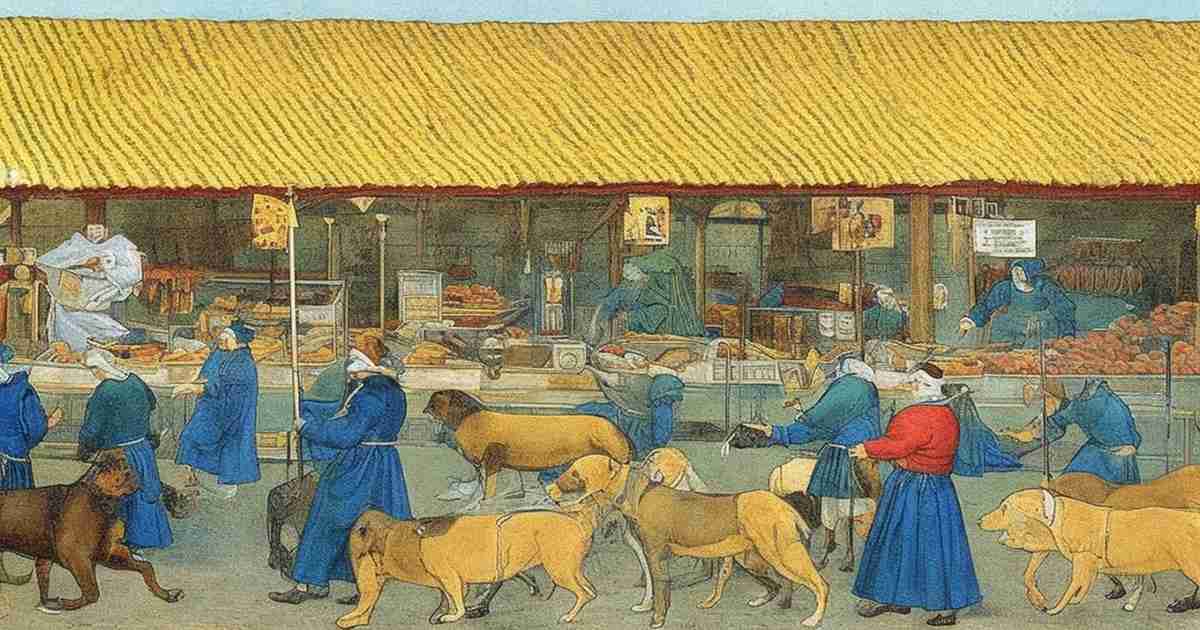
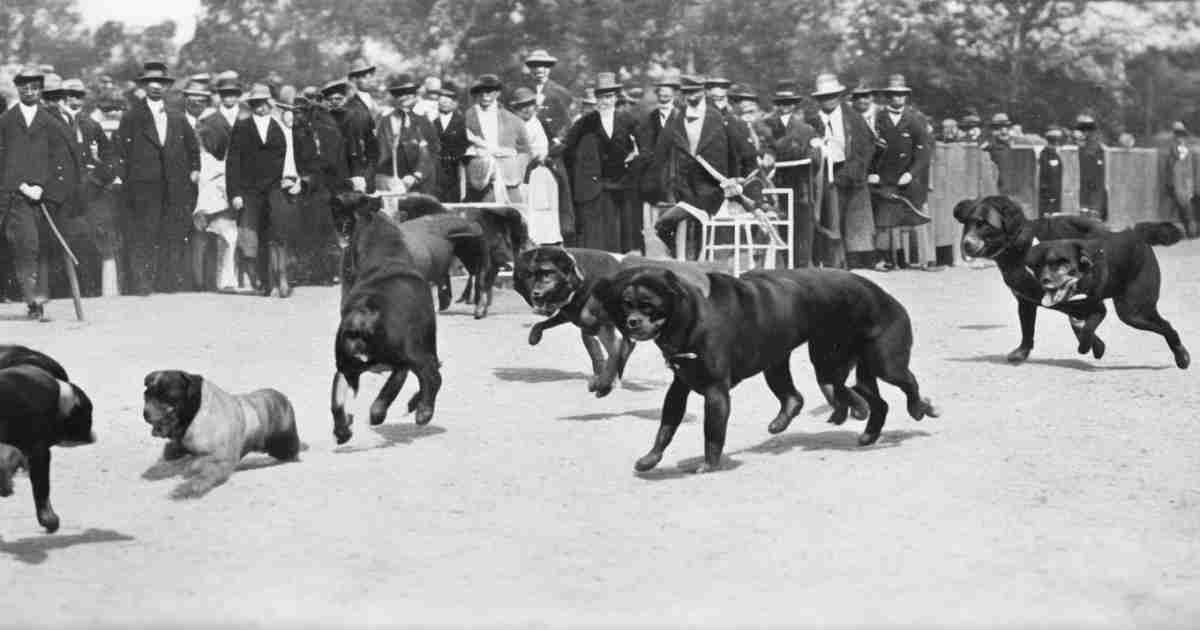
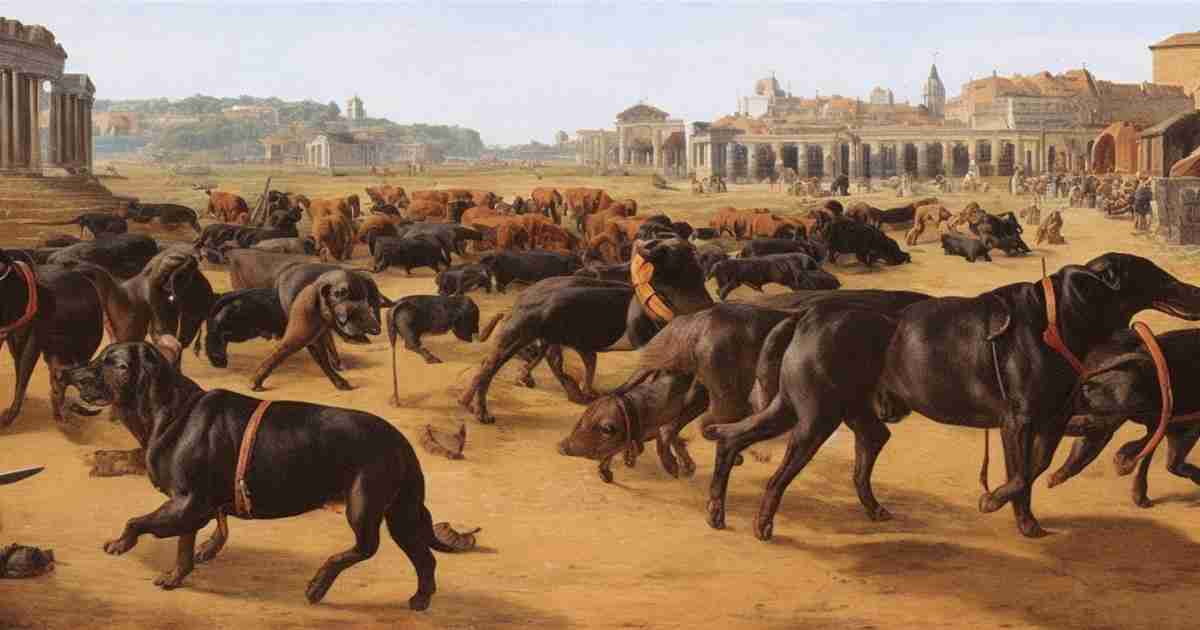
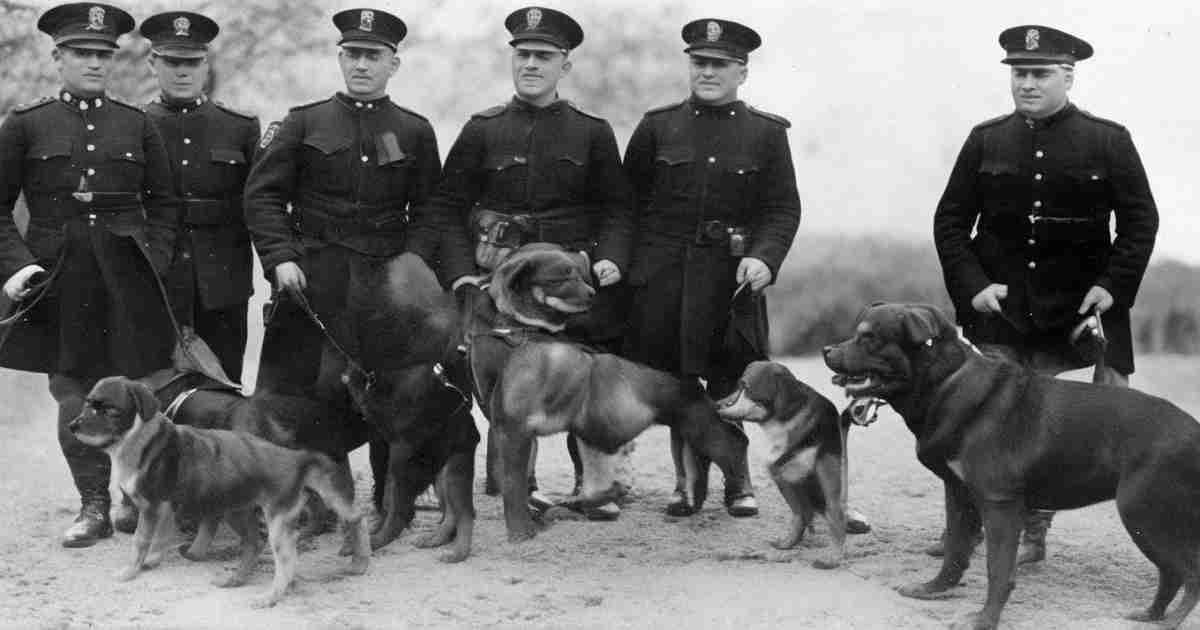
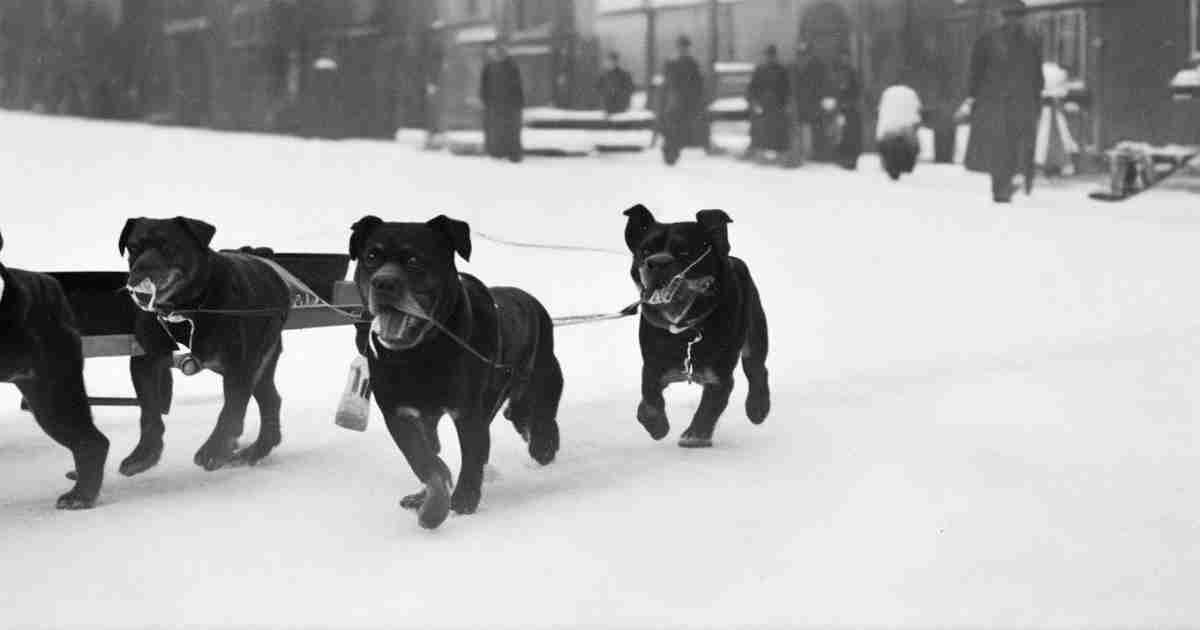




1 thought on “Where Did Rottweilers Originate From?: A Guide to Its Unique Characteristics”